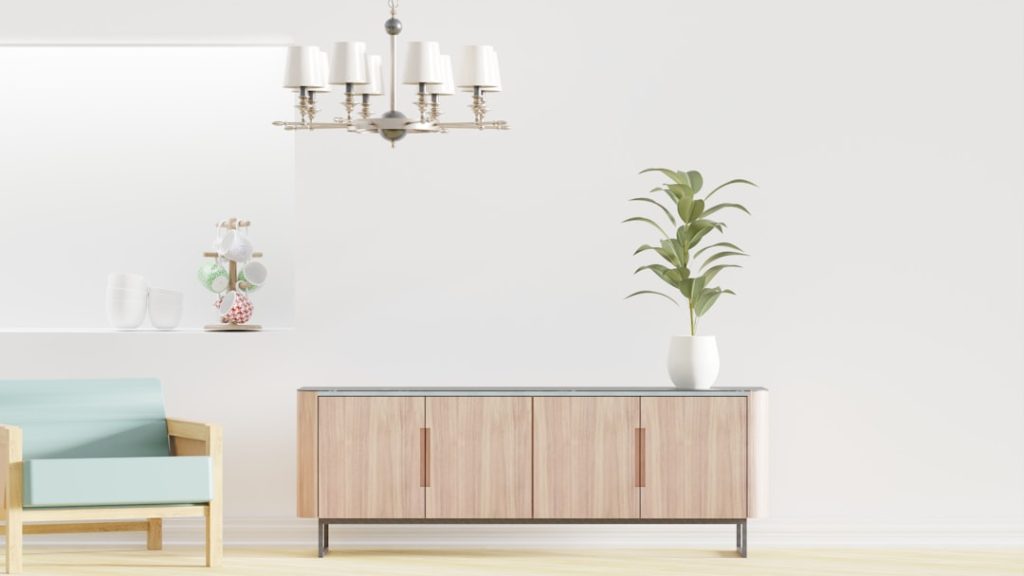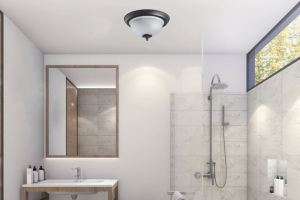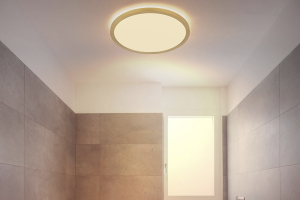A chandelier is more than just a light fixture; it is a statement piece that can elevate the design of any living room. Whether your style is classic, modern, or somewhere in between, a chandelier adds elegance, sophistication, and a touch of glamour to the space. It can serve as a focal point and tie the room together, creating a cohesive and visually appealing design.
The right chandelier Folalighting can transform a plain and ordinary living room into a luxurious and inviting space. It adds a sense of grandeur and drama, making the room feel more upscale and elegant. The sparkle and shine of a chandelier can also create a warm and inviting ambiance, perfect for entertaining guests or relaxing with family.
Choosing the Right Style: From Classic to Modern
When it comes to choosing a chandelier for your living room, there are various styles to consider. Classic chandeliers feature ornate details and are often made of crystal or glass. They exude timeless elegance and are perfect for traditional or formal living rooms.
On the other hand, modern chandeliers have sleek lines and are made of materials like metal and wood. They have a minimalist and contemporary look that works well in modern or transitional living rooms. Transitional chandeliers blend classic and modern elements for a unique look that can complement any style of decor.
Size Matters: How to Determine the Perfect Chandelier Size for Your Living Room
One important factor to consider when choosing a chandelier is its size. The size of the chandelier should be proportional to the size of the room. A small chandelier in a large room will look out of place, while a large chandelier in a small room will overwhelm the space.
A general rule of thumb is to add the length and width of the room in feet and convert that number to inches for the chandelier diameter. For example, if your living room is 12 feet by 14 feet, the chandelier diameter should be around 26 inches. The height of the chandelier should also be considered, with a minimum of 7 feet from the floor to the bottom of the fixture.
Material Matters: Glass, Crystal, Metal and More
Chandeliers can be made of various materials, each with its own unique look and feel. Glass and crystal chandeliers are classic and elegant, adding a touch of luxury to any living room. They reflect light beautifully and create a dazzling display of sparkle and shine.
Metal chandeliers, on the other hand, have a more modern and sleek look. They come in a variety of finishes, such as brushed nickel, bronze, or black, allowing you to choose one that complements your living room decor. Other materials like wood and fabric can add warmth and texture to the space, creating a cozy and inviting atmosphere.
Lighting Options: How to Choose the Right Light Bulbs for Your Chandelier
The type of light bulbs used in the chandelier can greatly affect the ambiance of the room. LED bulbs are energy-efficient and long-lasting, making them a popular choice for chandeliers. They provide bright and clear light that is perfect for task lighting or illuminating a large space.
On the other hand, incandescent bulbs provide warm, soft light that creates a cozy and inviting atmosphere. They are ideal for living rooms where you want to create a relaxing and comfortable environment. The wattage of the bulbs should also be considered, with a range of 40-60 watts for most living rooms.
Installation Tips: DIY or Professional Installation?

Installing a chandelier can be a DIY project if you have some basic electrical knowledge and experience. However, it’s important to follow safety guidelines and have the right tools for the job. If you’re not confident in your abilities or if the chandelier is large or complex, it’s best to hire a professional electrician to install it for you.
Professional installation ensures that the chandelier is securely mounted and properly wired, reducing the risk of accidents or damage. It also saves you time and effort, allowing you to enjoy your new chandelier without the hassle of installation.
It’s also important to consider the weight of the chandelier and ensure that the ceiling can support it. Some chandeliers can be quite heavy, especially those made of crystal or glass. If you’re unsure about the weight limit of your ceiling, it’s best to consult a professional before installing a heavy chandelier.
Maintenance and Cleaning: Keeping Your Chandelier Sparkling
Regular cleaning is important to keep your chandelier looking its best. Dusting with a soft cloth or using a chandelier cleaner can help remove dirt and grime that can dull the sparkle of the crystals or glass. Be sure to turn off the power to the chandelier before cleaning and avoid using harsh chemicals that can damage the finish.
It’s also important to check for any loose or broken parts and make repairs as needed. Over time, crystals or glass pieces may become loose or fall off, so it’s important to inspect the chandelier regularly and make any necessary repairs. If you’re not comfortable making repairs yourself, it’s best to hire a professional who specializes in chandelier repair.
Chandelier Placement: Where to Hang Your Chandelier for Maximum Impact
The placement of the chandelier can greatly affect the overall design of the room. It should be centered over the main seating area, such as a coffee table or dining table, to create a focal point and draw attention to the space. The height at which you hang the chandelier is also important.
A general rule of thumb is to hang the chandelier at least 7 feet from the floor to the bottom of the fixture. This ensures that it doesn’t hang too low and obstruct the view or become a hazard. However, if you have high ceilings, you may need to adjust the height accordingly to maintain the proper proportion.
The size of the chandelier should also be considered in relation to the size of the room and other furniture. A small chandelier in a large room may get lost, while a large chandelier in a small room may overwhelm the space. It’s important to find the right balance and scale for your living room.
Mixing and Matching: Combining Chandeliers with Other Lighting Fixtures
Chandeliers can be combined with other lighting fixtures for a layered and dynamic look. Wall sconces, table lamps, and floor lamps can all complement the chandelier and provide additional lighting. This creates a well-lit and visually interesting space that is both functional and stylish.
When mixing and matching lighting fixtures, it’s important to consider the overall design and style of the room. The fixtures should complement each other and create a cohesive look. For example, if you have a modern chandelier, you may want to choose wall sconces or table lamps with a similar modern design.
Elevating Your Living Room with the Perfect Chandelier
A chandelier is more than just a light fixture; it is a design element that can elevate your living room to new heights. By choosing the right style, size, material, lighting, and placement, you can create the perfect chandelier for your space. With proper maintenance and cleaning, your chandelier can continue to shine and elevate your living room design for years to come. So go ahead, add a touch of elegance and glamour to your living room with a stunning chandelier.






More Stories
Enhance Your Bedroom with a Stylish Bedside Wall Light
Choosing the Perfect Bedroom Floor Lamp
Revamp Your Bedroom with Modern Lighting